Vintage stores embody ‘materialism not consumerism’
January 02, 2023BruceDayneVintage stores embody ‘materialism not consumerism’
During a recent trip to Manchester, I visited a lovely little vintage shop called Bionic Seven. A partner store to Levison's in London, it leans towards more modern and more sports clothing, but has quite a few little gems in amongst the racks.
I didn't buy anything, but I hugely enjoyed the visit. I've been thinking ever since about why, and what it says about vintage in general.
One thought was the incredible range of ideas, designs, styles, and general inspiration there is in the average vintage shop.
If you think a regular store would have multiple sizes, and probably multiple colours, for every one of those pieces of clothing, you start to realise how dense vintage is in terms of style. A normal shop would have to be at least ten times the size to contain it all.
A vintage store will usually have clothes from different periods, from different cultures and for different pursuits.
In its small space Bionic Seven has workwear, military clothing, sports clothing, tailored clothing and outdoor clothing (fishing/walking/hunting); from every decade from the 1950s to 2010s; from Britain, Europe and America.
The cuts vary wildly because of the different eras, and the cultures vary within the same era.
If you were a fashion historian, you could probably pull out a half dozen pieces and show how they’d each influenced each other over the past century, with ideas pinging from a US military supplier to a Japanese seventies manufacturer to a nineties fashion brand.
For example, I tried on an old English chore and a much more recent Carhartt hooded jacket.
Both had been intended for the same kind of labour, but they had very different ideas on both protection from the elements and on ease of movement. They were completely different styles from different times and cultures, but had similar purposes and have both have been adopted into civilian wear since.
Of course, the variety and lack of sizes means shopping at a vintage store can be frustrating. But over time, as with my visit in Manchester, I’ve found it less so.
It helps when you’ve got a core handful of vintage pieces - the ones that are most versatile, that most suit your style and lifestyle, whether that’s an M45 or a pair of old 501s.
But even if there’s something you really want, there is a pleasure in tracking in down over time. I have a list on my phone of things I’m looking for - a great western belt, a perfect pair of fifties chinos - and it would be lovely to find them. But I also don’t mind if I don’t for quite a while.
This is sometimes referred to as the pleasure of the hunt, and there is something in that. But I also find that looking for something is a means to discovering something else - stumbling across a piece you weren’t expecting. I recently bought a pair of Dutch cargo trousers from Worne at a local fair, for example, even though it was a style I didn’t think I liked.
This of course, is a big difference between shopping vintage in person vs online.
Vintage clothing is stimulating. I find the sheer variety, within a store and between stores, forces an open mind.
In an age when so many people see a brand online first, and make a judgment before deciding to go into the store, vintage is the opposite and can be very refreshing as a result.
Also, I think it’s fair to say that many brands today feel similar to each other - whether it’s everyone doing a trainer that looks like those Loro Piana ones, or the fact that every hot new streetwear brand seems to sell mostly plain hoodies and T-shirts.
I also reflected that my brief experience of vintage has furthered my love of clothes as objects.
When you see buttonholes being sewn, or know how shoes are made, it’s not hard to value a piece of clothing for the craft-product it is. With casual, industrially made clothing it can be harder.
Browsing through every piece on a (good) vintage rack forces you to take each piece on its merits. You consider their individual character, why they were designed and made in that specific, deliberate way. You think about how they’ve aged, why the store owner selected them, even their place in our cultural history.
It’s a long way from the social media-driven hype that is how many people buy clothes today. It’s materialism rather than consumerism - even without the sustainability angle.
I’m very new to vintage clothing, and I’m sure most of these reflections will be obvious to those that aren’t. But I also know many readers don’t buy vintage, and they might find them revealing.
More than anything, a good vintage store feels to me like a celebration of clothes, in a way that many high-street shops don’t.
And that has always been one of the biggest things I love about tailors, shirtmakers and shoemakers.
Thank you Darcy for your hospitality in Manchester, and indeed everyone else that has shown me round their shops above with similar enthusiasm - Brut, Hang Up, Crowley, Desii, Hunter and Le Vif.
DMTBeautySpot
via https://dmtbeautyspot.com
Simon Crompton, DMT.NEWS, DMT BeautySpot,
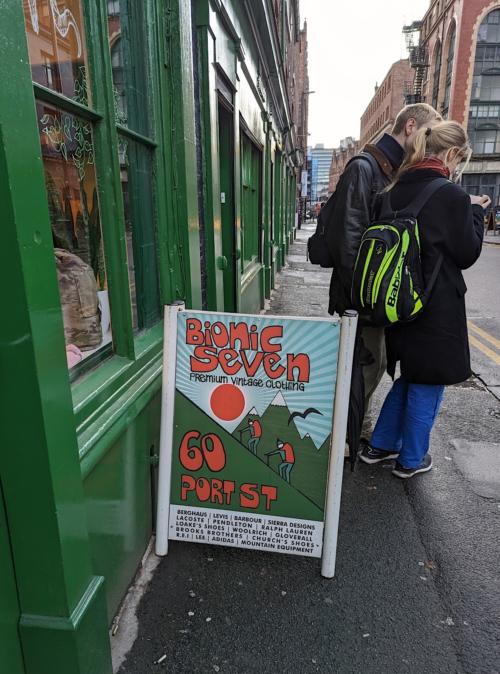
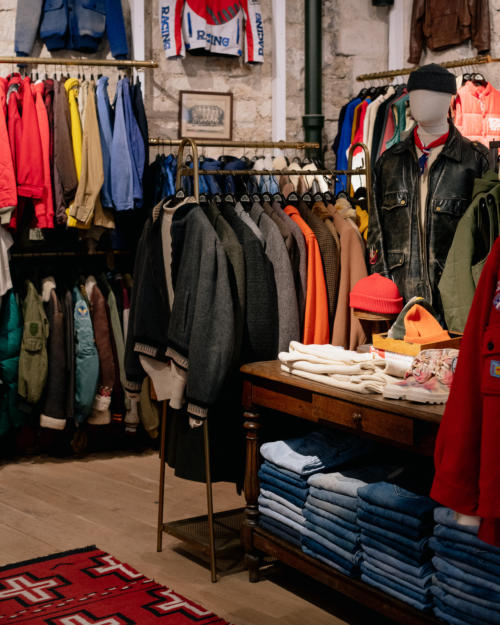
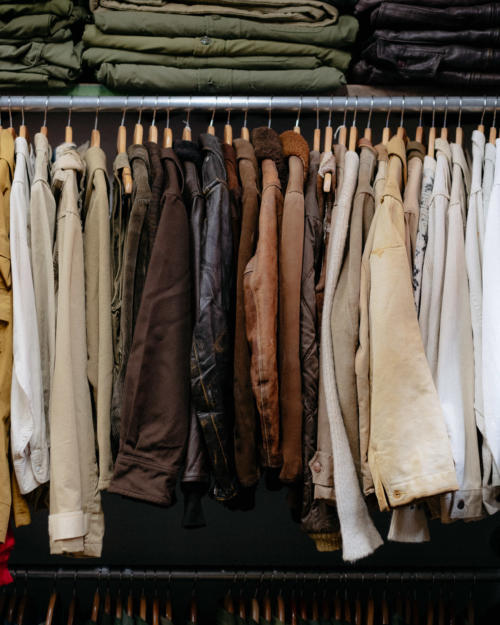
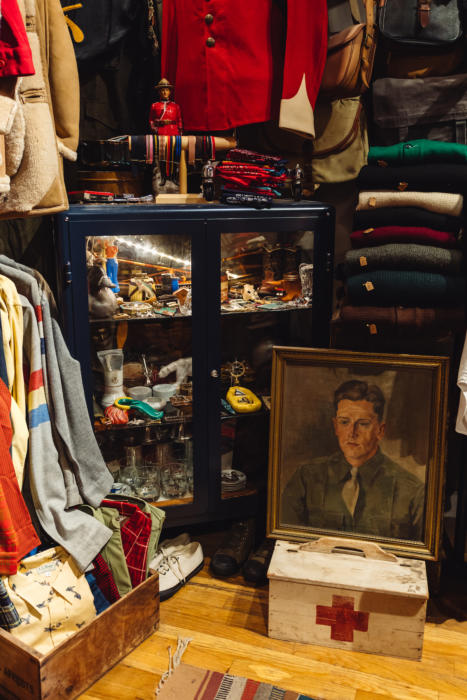
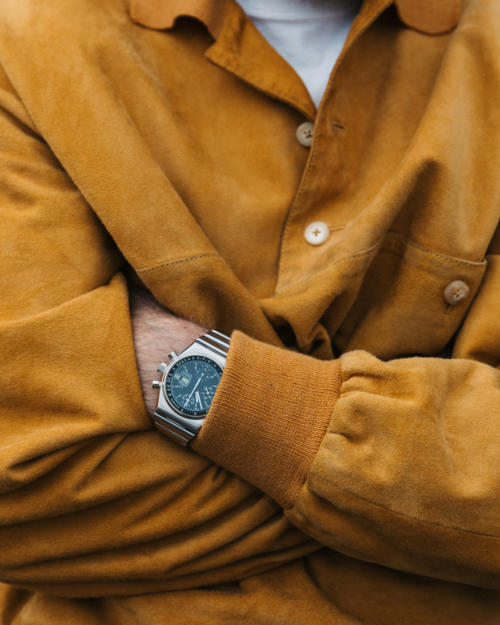
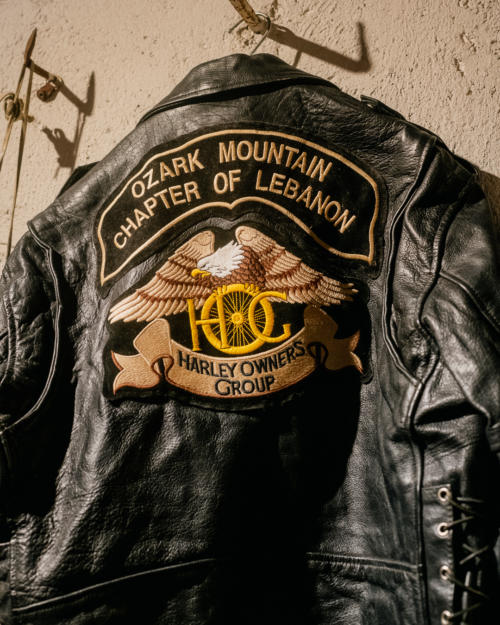
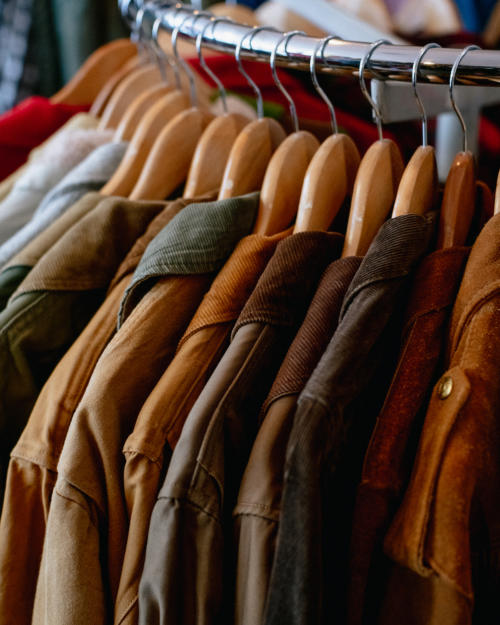
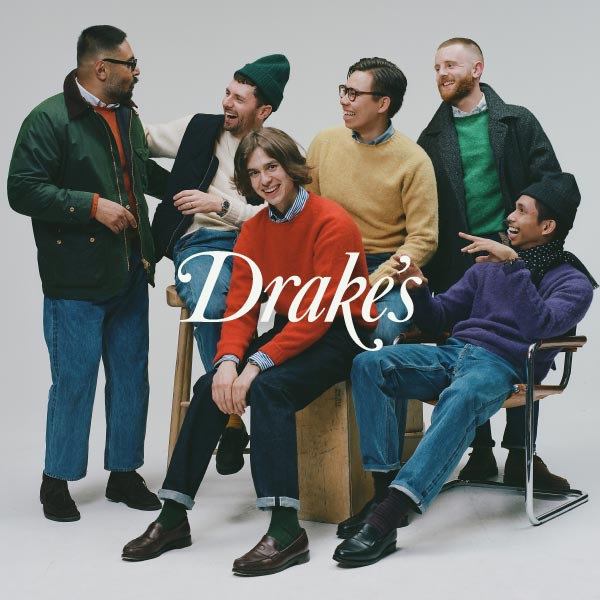
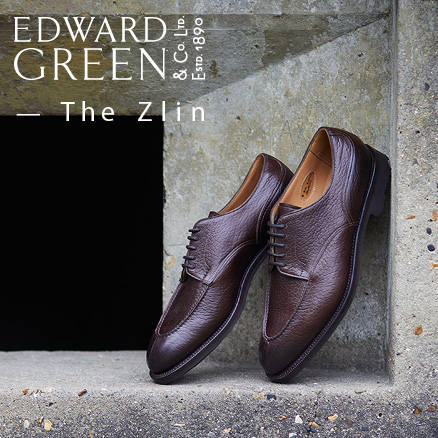
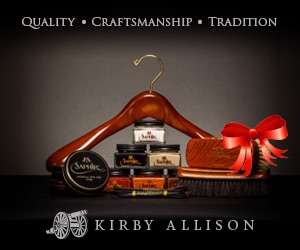

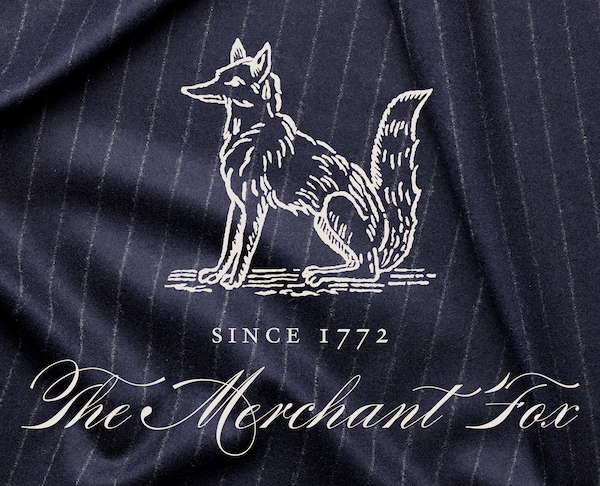
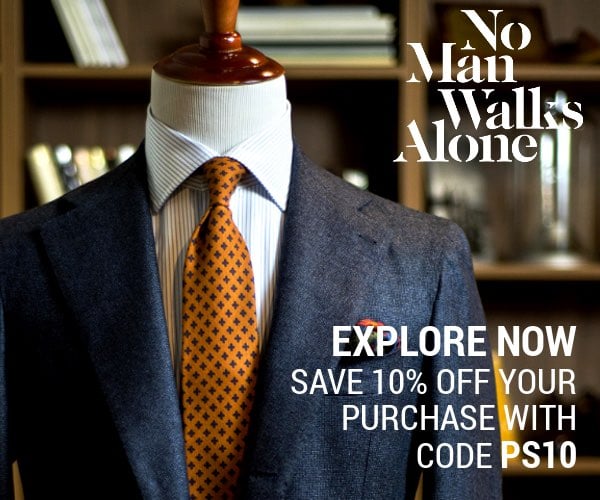

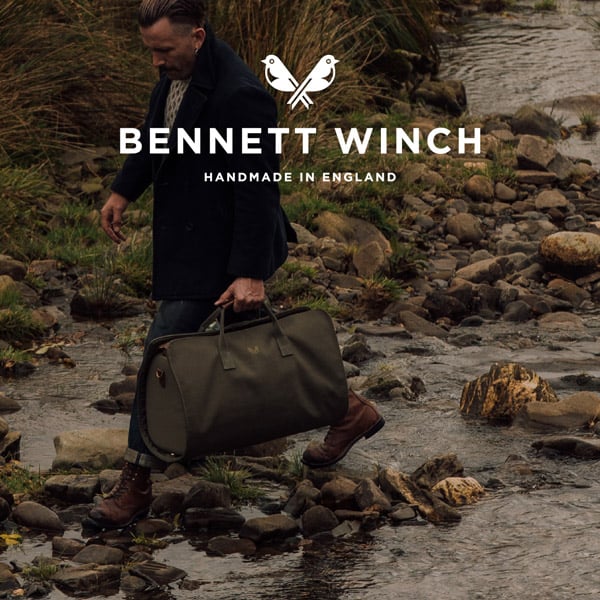

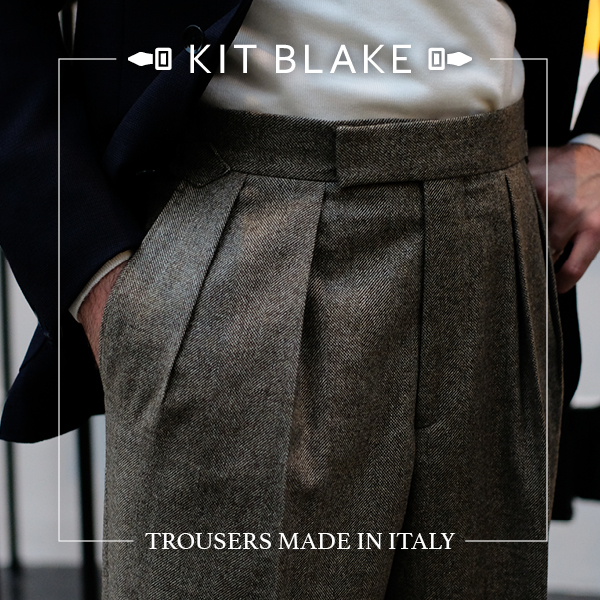
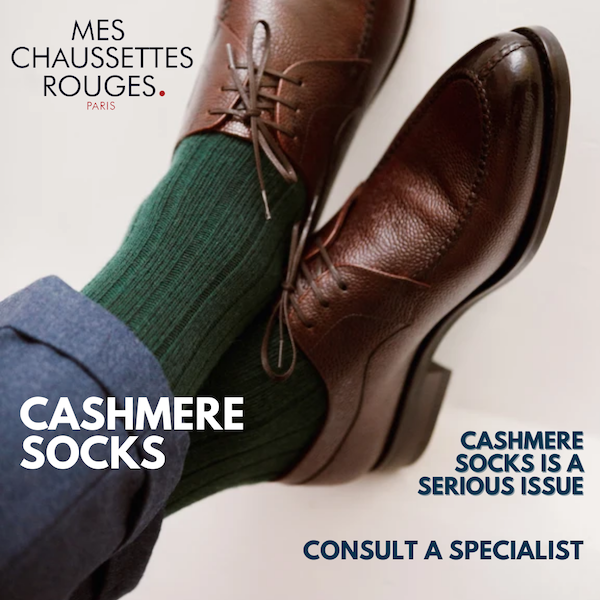

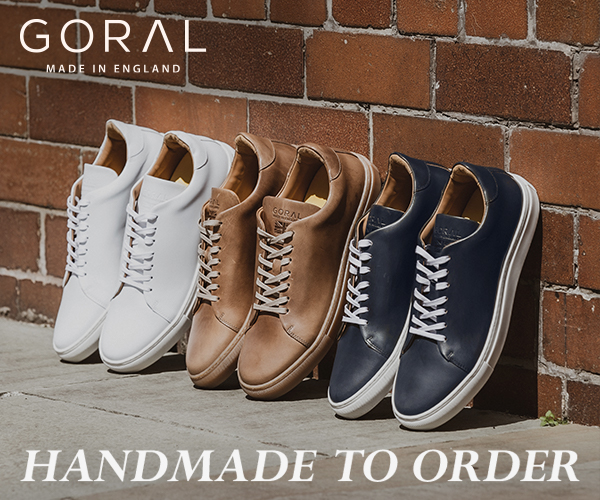
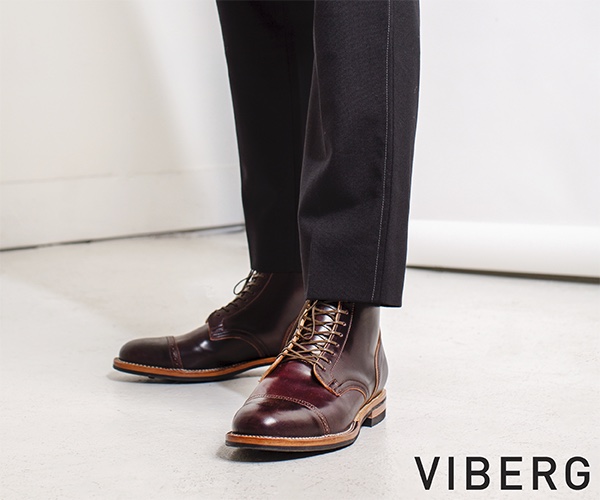
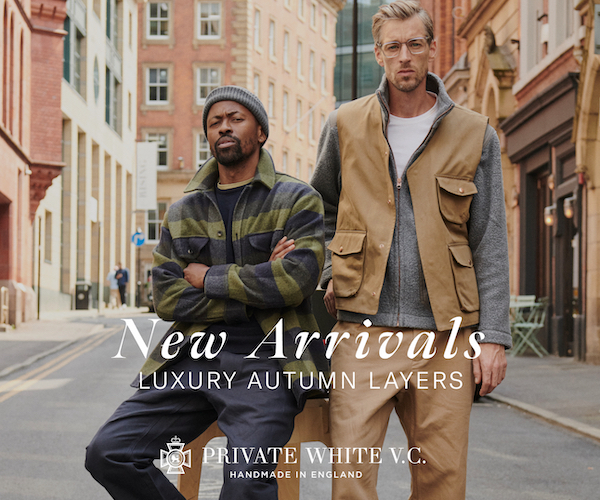
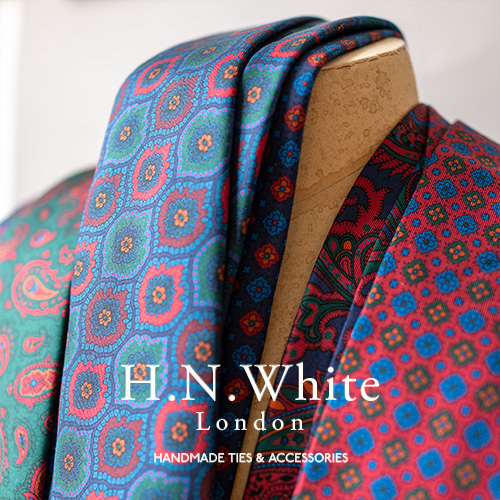


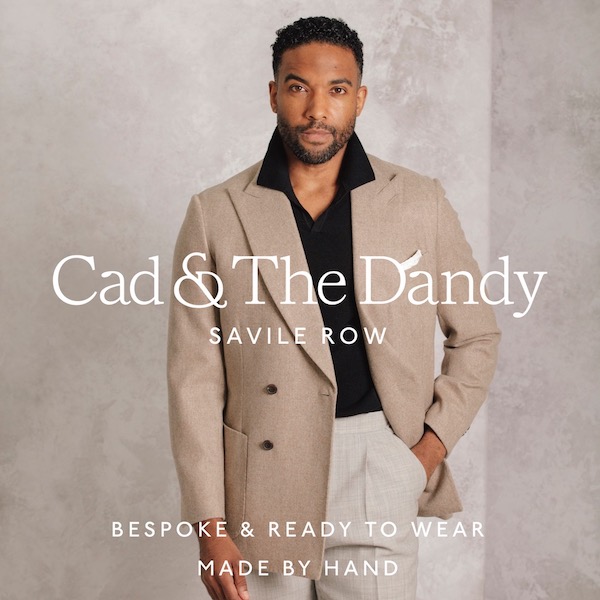

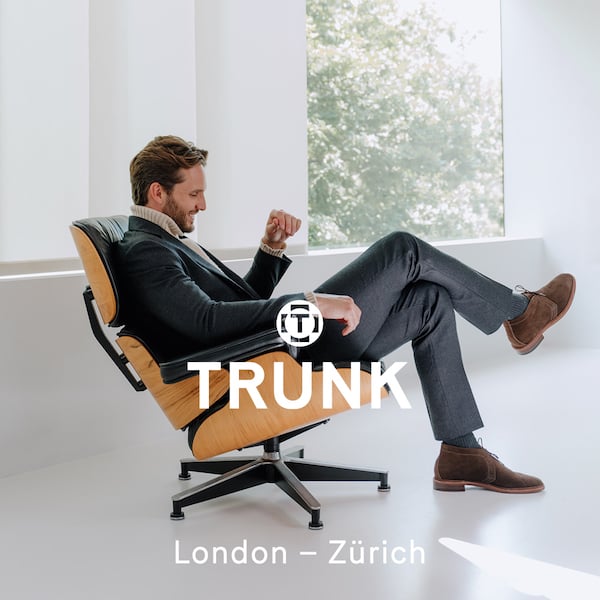
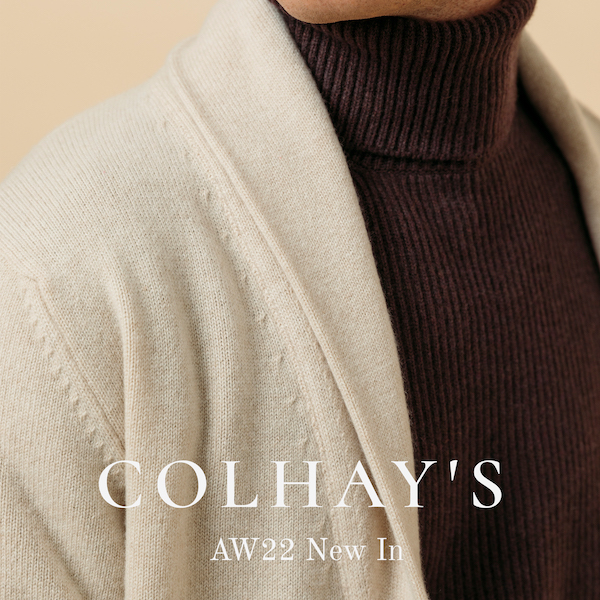
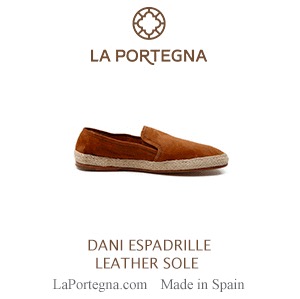
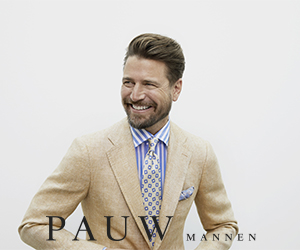
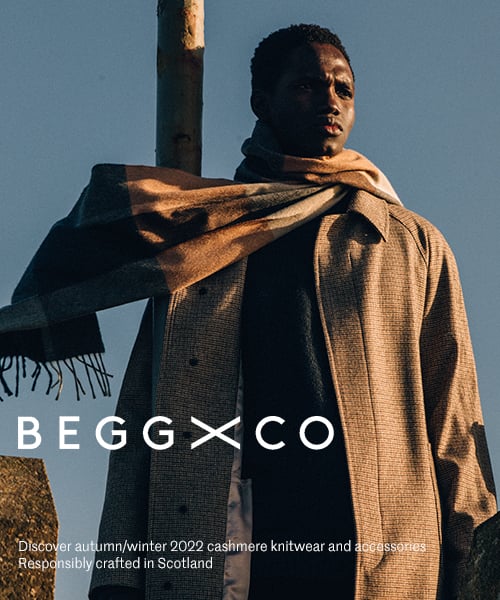

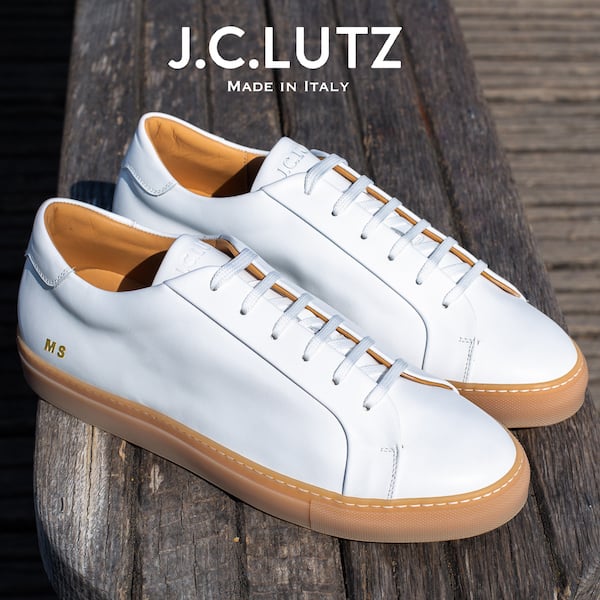

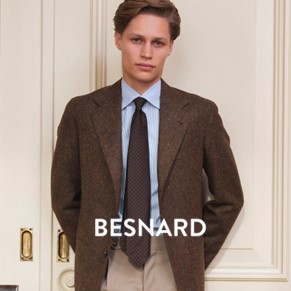
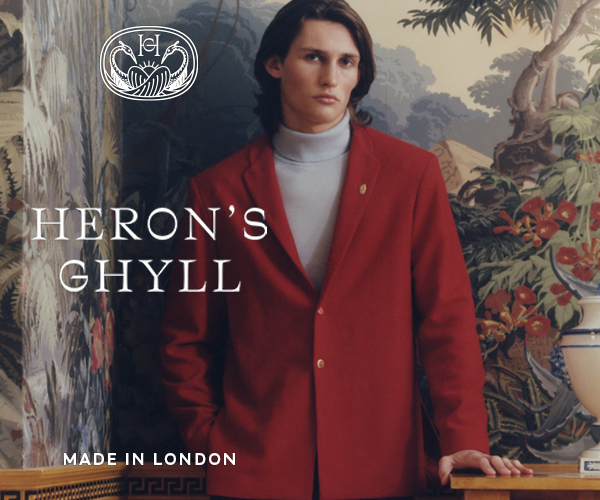
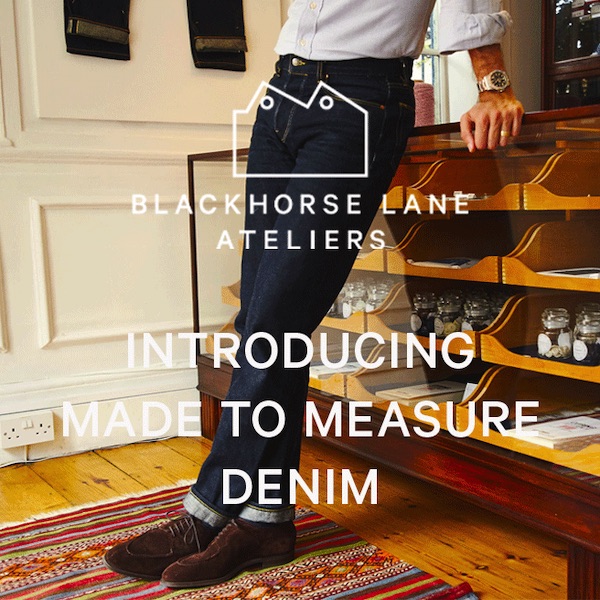
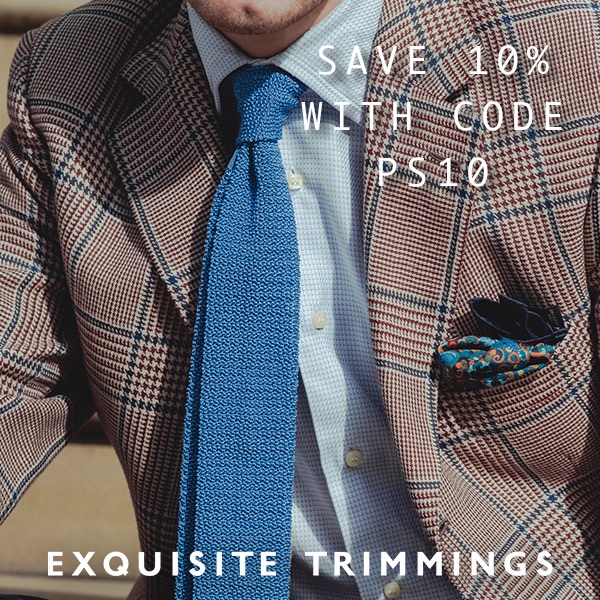


0 comments